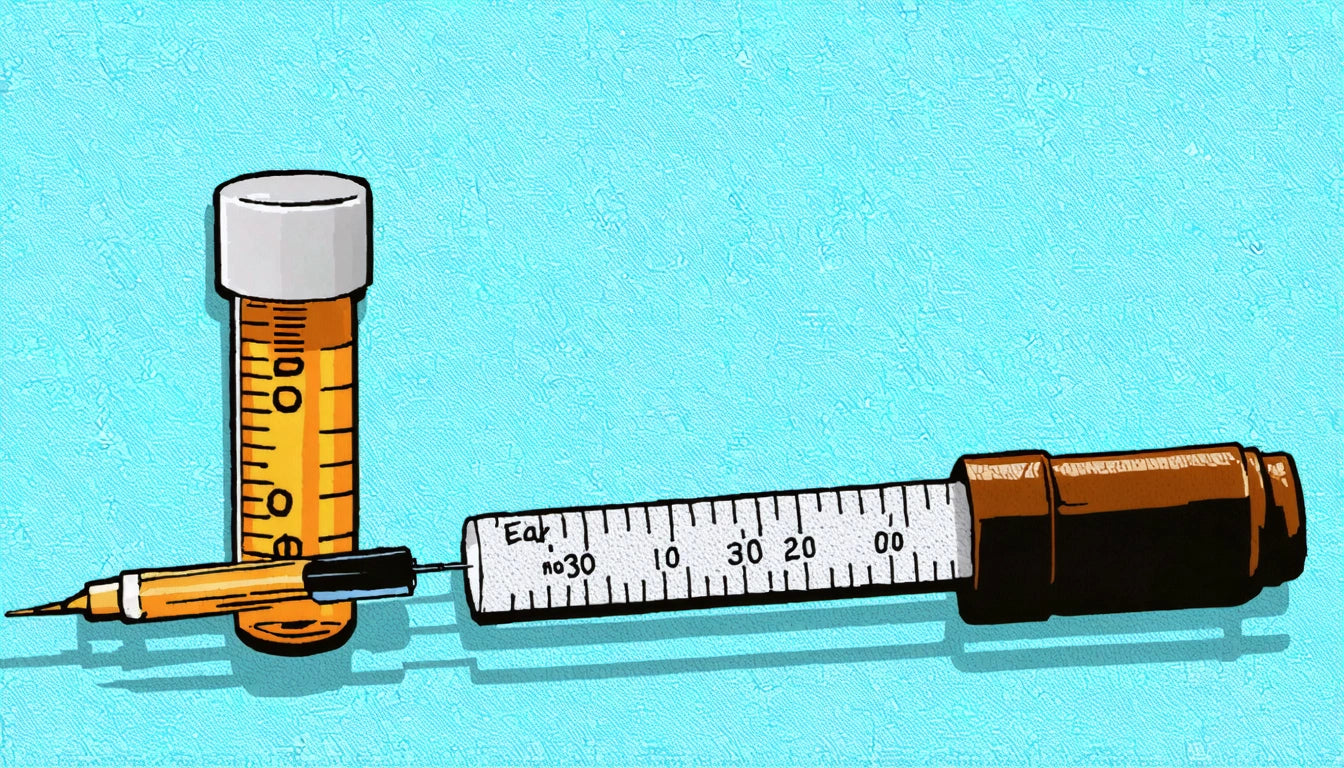Table of Contents
- Cannabinoids and Breast Milk: Understanding the Basics
- THC Transfer Through Breastfeeding: What Research Shows
- Does CBD Get in Breast Milk? Examining the Evidence
- Duration and Detection: How Long Cannabinoids Remain in Breast Milk
- Potential Effects on Infant Development
- Safety Recommendations for Nursing Mothers
The Impact of THC and CBD on Breast Milk: What You Need to Know
Breastfeeding provides essential nutrients and antibodies to infants, creating a foundation for healthy development. For mothers who use cannabis products, questions about whether THC affects breast milk or if CBD gets in breast milk are increasingly common. This article examines the current scientific understanding of how cannabinoids interact with breast milk and what nursing mothers should consider.
Cannabinoids and Breast Milk: Understanding the Basics
Breast milk naturally contains endocannabinoids, compounds similar to those found in cannabis but produced by the human body. These endocannabinoids play important roles in infant development, particularly in neurological and immune system formation. The presence of these natural cannabinoids raises questions about how plant-derived cannabinoids like THC and CBD might interact with this system.
When discussing whether does breast milk have cannabinoids, it's important to distinguish between endogenous cannabinoids (naturally produced by the body) and exogenous cannabinoids (from external sources like cannabis). The endocannabinoid system is active during lactation and plays a role in infant feeding behavior and development.
THC Transfer Through Breastfeeding: What Research Shows
Current research confirms that THC does transfer to breast milk when a mother consumes cannabis. THC is lipophilic, meaning it binds to fat molecules, which are abundant in breast milk. Studies on how smoking weed affects breastfeeding indicate that when a mother uses cannabis, THC can be detected in her breast milk for days or even weeks afterward.
The question of does THC go into breast milk has been answered by multiple studies showing that when a mother consumes cannabis, approximately 0.8% to 2.5% of the THC she ingests can be found in her breast milk. This transfer occurs regardless of the consumption method, whether smoking, vaping, or edibles, though the concentration may vary.
Factors Affecting THC Transfer
- Frequency of cannabis use
- THC concentration in the consumed product
- Individual metabolism and body composition
- Timing between cannabis use and breastfeeding
Does CBD Get in Breast Milk? Examining the Evidence
Research specifically on CBD transfer to breast milk is more limited than studies on THC. However, the chemical properties of CBD suggest it would also transfer to breast milk, though possibly at different rates than THC. CBD is also lipophilic and can cross biological barriers, including those that regulate breast milk composition.
The question of can CBD be passed through breast milk requires more research, but preliminary evidence suggests that it can. The interaction between CBD and THC adds another layer of complexity when both cannabinoids are present, as is common in many cannabis products.
Duration and Detection: How Long Cannabinoids Remain in Breast Milk
For mothers concerned about does THC transfer through breastfeeding, understanding the timeline is crucial. THC can be detected in breast milk for up to six days after a single use, but this duration extends significantly with regular use. The fat-soluble nature of THC means it can accumulate in body fat and be released slowly over time, prolonging its presence in breast milk.
When considering does THC travel through breast milk, it's important to note that detection times vary based on:
- Pattern of use (occasional vs. regular)
- Individual metabolism and body fat percentage
- Sensitivity of testing methods
For mothers using CBD products, similar concerns apply about how long these compounds remain in breast milk, though specific detection timelines are less established due to limited research.
Potential Effects on Infant Development
Research on whether does THC affect breast feeding in terms of infant outcomes shows potential concerns. Studies have suggested possible associations between cannabis exposure through breast milk and effects on infant motor development, though research in this area continues to evolve.
When examining does pot affect breast milk and subsequent infant development, studies have noted concerns including:
- Potential impacts on infant brain development
- Possible effects on motor development
- Concerns about long-term cognitive outcomes
The developing infant brain is particularly sensitive to external compounds, and understanding THC effects in this context is crucial for informed decision-making. Safety should always be the priority, which is why many experts recommend using proper storage solutions with child-resistant features for any cannabis products in households with infants and children.
Safety Recommendations for Nursing Mothers
Given the evidence that does THC go to breast milk and can CBD be passed through breast milk, healthcare organizations generally recommend avoiding cannabis use while breastfeeding. The American Academy of Pediatrics, the Centers for Disease Control and Prevention, and the American College of Obstetricians and Gynecologists all advise against cannabis use during lactation.
For mothers who use cannabis medicinally or are concerned about previous use, consider:
- Discussing alternatives with healthcare providers
- Understanding how THC is stored and eliminated from the body
- Exploring non-cannabis options for symptom management
- Consulting with lactation specialists about individual circumstances
The question of does THC affect breast milk is clear. Current evidence confirms that cannabinoids do transfer to breast milk and may persist for extended periods. While research continues to evolve, particularly regarding long-term outcomes, the precautionary principle suggests avoiding cannabis while breastfeeding to minimize potential risks to infant development.
As societal attitudes toward cannabis continue to change and more research emerges, our understanding of these interactions will become more nuanced. For now, open communication with healthcare providers and prioritizing infant safety remain the most prudent approaches for nursing mothers considering or currently using cannabis products.











Leave a comment
All comments are moderated before being published.
This site is protected by hCaptcha and the hCaptcha Privacy Policy and Terms of Service apply.